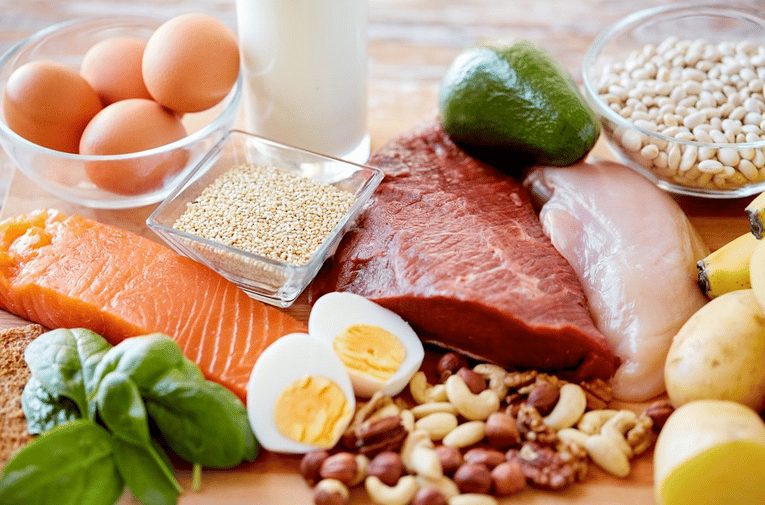Source: Greg Henderson, Farm Journal’s Pork, 18 November 2021, photo credit: nuts.com
Animal protein supply chains face significant cost inflation during 2022 in four key areas – animal feed, labor, energy and freight.
That’s according to Rabobank’s specialist team of animal protein analysts based around the world. Rabobank released its seventh edition of the Animal Protein Outlook, with a look at the year ahead for beef, pork, poultry and seafood markets in North America and beyond. In a 33-page report, Rabobank analysts also examined global issues such as continued push for sustainable production and the uncertainty around African swine fever.
“This next year has the potential to accelerate structural change as a result of escalating costs,” says Christine McCracken, senior animal protein analyst for Rabobank. “Success will most likely go the players that adapt to the changing business environment; embracing consumer preferences for sustainability and preparing for a surge in demand as economies continue to reopen and adjust following COVID-19-induced lockdowns.”
On a consumer level, Rabobank expects global demand for beef to remain solid, demand for salmon and shrimp to show ongoing strength, improving demand for poultry and pork, and strong sales of alternative proteins.
“Although demand will be strong and supporting livestock prices, North American feed costs are expected to remain at high levels,” says Don Close, senior animal protein analyst. “Producers will need to be vigilant on finding opportunities to lock in profitable margins.”
Read more
The South African Pork Producers’ Organisation (SAPPO) coordinates industry interventions and collaboratively manages risks in the value chain to enable the sustainability and profitability of pork producers in South Africa.
















